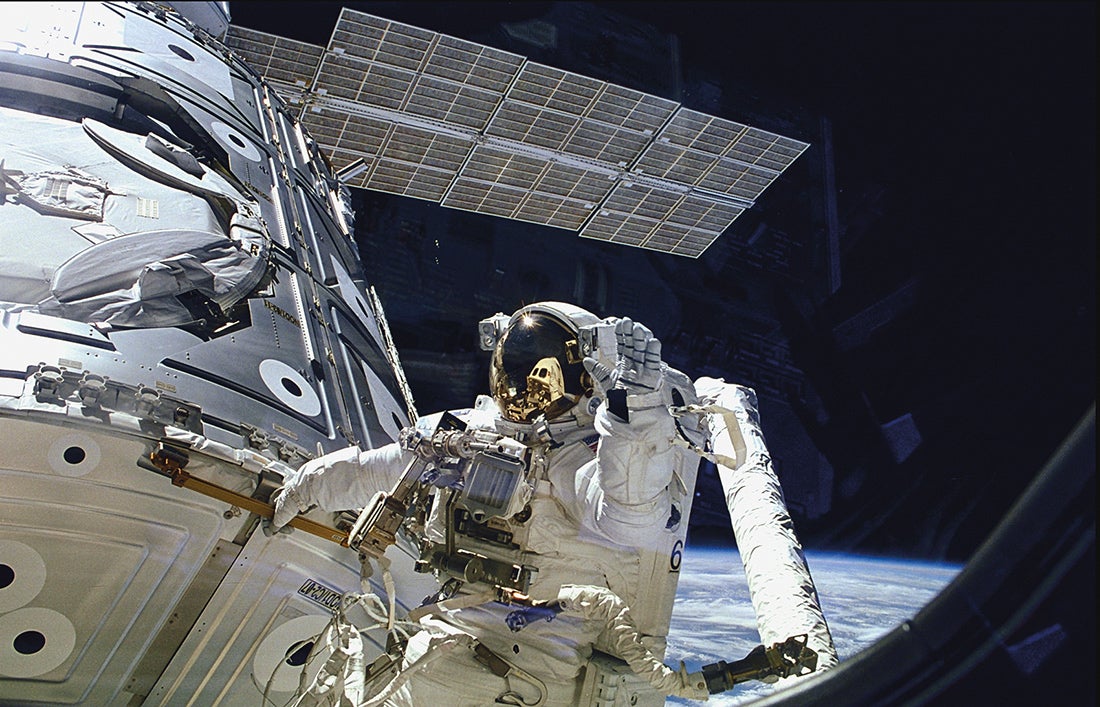lens
Refueling in Deep Space
 Image: NASA
Image: NASAIn three years, NASA aims to return astronauts to the moon and later conduct extended lunar and deep-space explorations. That intriguing prospect raises many questions, including: How will vehicles efficiently refuel in space?
Chirag Kharangate, PhD, is leading a research team to help develop an answer with a $1.2 million NASA grant.
The Case Western Reserve University assistant professor of mechanical and aerospace engineering and his colleagues are working to design in-space fuel-depot transfer lines that can prevent loss of cryogenic propellants, which serve as rocket fuel in space. Such propellants are gases chilled to subfreezing temperatures and tend to evaporate or boil when transferred into space.
“Cryogenic fluid management is a big deal,” said Kharangate. Not only could it be key to refueling capacity at a planned lunar outpost, he said, but it could “dramatically increase the span and duration of future missions like those planned to Mars.”
The CWRU team’s investigative experiments will be earthbound initially but could be conducted aboard the International Space Station within five years.





